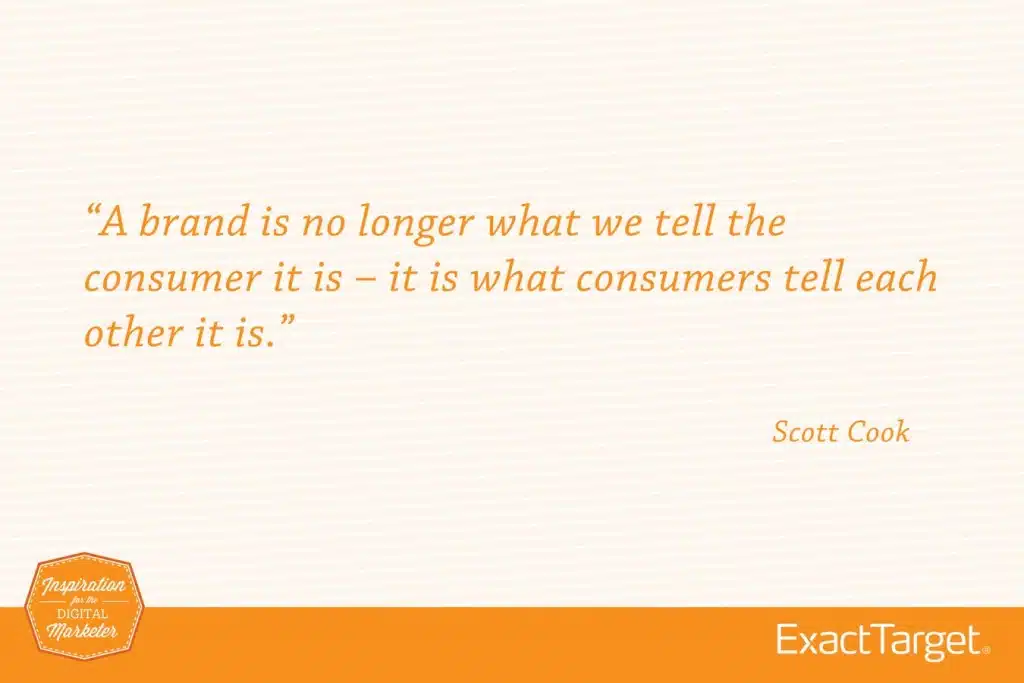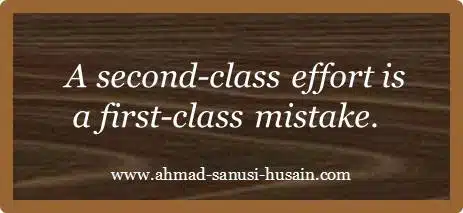As a marketer, you know that Facebook is where more of your customers are than any other social media network. And Facebook is constantly adding new features to improve the user experience of Facebook users.
Want your followers to see your posts first? Facebook can make that possible now. Want to send money via Facebook free of charge? Also doable. Want to put a Facebook Beacon in your shop so people using their mobile phones nearby can receive messages from you? Facebook will send one to you for free.
One: The See First Option
“Facebook now allows people to customize their news feed to prioritize updates from particular friends, groups and pages. This is great news for pages with good content, so fans can prioritize your posts,” writes Andrea Vahl for Social Media Examiner.
Explain to your social media network how to access the See First option. Need to learn how yourself? Have them go to your Facebook page, click the Liked button and then select the See First option.
“Another option is to go to the full customization options (people, pages and groups) from desktop or mobile devices,” writes Vahl. “To access it from a desktop, select the down arrow on the far right to get to News Feed Preferences.”
To customize your news feed preferences, click Following on the pages you want to see first.
Two: Send and Receive Money on Facebook
You can send money to your Facebook friends via Messenger app in the U.S. It’s similar to the Google Wallet. If you have an app and you want people to be able to buy things “in-app” on Facebook, this tool is great.
“You can only use the Messenger mobile app with a debit card on file, not credit cards,” writes Vahl. “Just click the dollar sign to get started…. You can also use the desktop version to send money, but the icon is a little more hidden. It only appears when you open the message outside of the inbox.”
There is no service charge when you send money via Facebook. There are limits thought to its use: only in the U.S., only with Facebook friends and only debit cards.
Three: A Facebook Beacon for Your Local Business
If you place a Facebook Beacon at the physical location of your business, it sends information to people who are on Facebook near you and have Bluetooth turned on.
Using the beacon, you can send people who are nearby messages. It’s a great way to get attention of mobile users.
“The Beacon device is free,” writes Vahl. “All you need to do is request one from Facebook for your local page. It’s an excellent way to increase the visibility of your local business to people who are using Facebook nearby.”
Four: Saved Replies
Are there certain things you end up messaging on Facebook a lot? Save time by creating a message that you can send out over and over. A new feature that is currently rolling out on Facebook is: Saved Replies.
For go to the Messages area of your page. “To see Saved Replies, click on a particular message. The message will appear in a pop-up box and the Saved Replies will be on the left sidebar. From there, select Manage Replies to see all of the replies you’ve created or create a new reply,” writes Vahl. “You can even search replies by keyword. Click on the message on your Facebook page, then select Manage Replies or Create New Reply. Create generic replies for all of your frequently asked questions. Then customize them before sending them out.”
If you can’t figure out how to get to Saved Replies, it might be because this feature is only available for pages that have their Message button enabled.
Five: Lead Ads
“Facebook is testing new lead ads that make it easier than ever to fill in contact information on mobile devices, writes Vahl. “If mobile users respond to an ad for something like a newsletter, business information, free report or follow-up call, they can submit their contact information (email address or phone number) with just two taps of a button.”
Lead ads is only in beta testing now, while Facebook figures out how to make sure the service isn’t abused. But it will likely be more widely released soon.
Six: Upgrades to Facebook Conversion Tracking
There are two types of pixels you place on your website to track these conversions and custom audiences. Facebook announced a new custom audience pixel that combines these features into one pixel. This will help with tracking and speed. And the stats are more accurate.
You should migrate to a new pixel by placing new code on your website, adding code on specific pages that you want to track and remove the old pixel.
Author Credit: Sarah Snow







